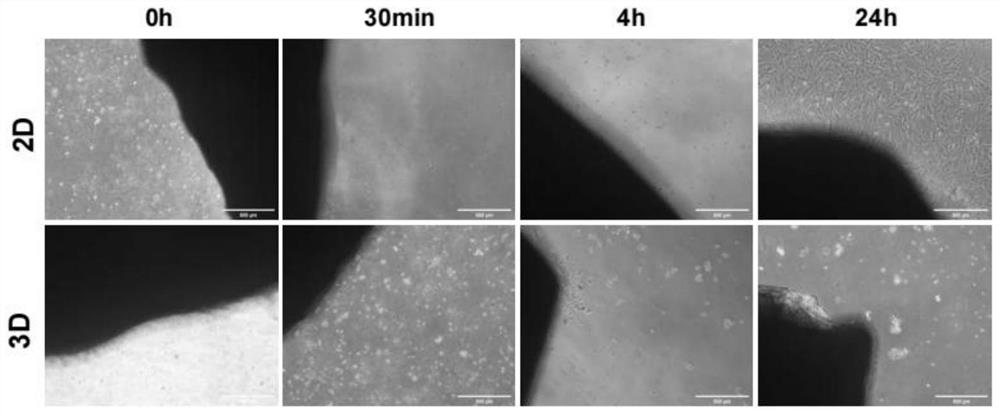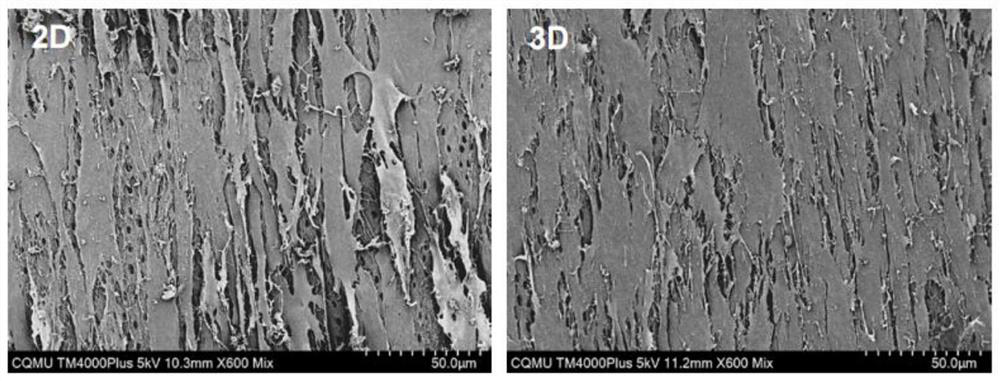Stem cell three-dimensional odontogenic induction differentiation method and application
A technology for inducing differentiation and stem cells, applied in the direction of non-embryonic pluripotent stem cells, biochemical equipment and methods, embryonic cells, etc., can solve problems such as the inability to reproduce the three-dimensional microenvironment of cells, the negative effects of stem cell proliferation and differentiation, and inconsistent test results. Achieve the effect of improving reliability and repeatability, simple and easy to manufacture, and low equipment requirements
- Summary
- Abstract
- Description
- Claims
- Application Information
AI Technical Summary
Problems solved by technology
Method used
Image
Examples
preparation example Construction
[0029] 2. Preparation of incompletely decalcified dentin matrix:
[0030] Incisors or molars are extracted from the jaws of freshly sacrificed animals, or premolars extracted from orthodontic patients are collected clinically, and the high-speed turbine cuts off the crown part and retains the root part, and then removes all non-dentine tissue and the inner and outer surface parts of the root Dentin, to obtain a dentin matrix. Dentin matrix using ddH 2 O rinsed 3 times, then soaked in ddH 2 O placed in an ultrasonic oscillator cleaner for 20 minutes. Then the cleaned material was placed in 15% EDTA solution for 20-30 minutes, 10% EDTA for 20-30 minutes, and finally in 5% EDTA for 20-30 minutes, ddH 2 O was rinsed for 10 minutes to obtain incompletely decalcified dentin matrix material, which was sterilized with antibiotics or alcohol for later use.
[0031] 3. Three-dimensional odontogenic differentiation of dental pulp stem cells
[0032] The dental pulp stem cells were d...
PUM
 Login to View More
Login to View More Abstract
Description
Claims
Application Information
 Login to View More
Login to View More - R&D
- Intellectual Property
- Life Sciences
- Materials
- Tech Scout
- Unparalleled Data Quality
- Higher Quality Content
- 60% Fewer Hallucinations
Browse by: Latest US Patents, China's latest patents, Technical Efficacy Thesaurus, Application Domain, Technology Topic, Popular Technical Reports.
© 2025 PatSnap. All rights reserved.Legal|Privacy policy|Modern Slavery Act Transparency Statement|Sitemap|About US| Contact US: help@patsnap.com



